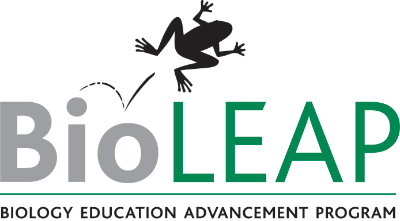Humane alternatives are better for the life science classroom than traditional dissection. Alternatives often cost far less than dissection specimens, can be easily integrated into self-paced or remote learning environments, are often reusable and save animal lives—with no decline in student performance.

Numerous studies have reported that students who use humane dissection alternatives, such as models and computer software, score as well or better on performance tests than students who participate in dissection.
No state board of education requires participation in dissection as a condition of graduation, and no college or university stipulates dissection participation as a prerequisite for entrance.
Many countries—including the Netherlands, Switzerland, Argentina, Slovak Republic and Israel—no longer conduct dissection exercises. India also recently banned the dissection of animals in zoology and life sciences university courses, because alternatives can be used to meet the same learning objectives.

Students: You Have a Choice
You may count yourself among the growing number of biology students who would prefer to use a humane dissection alternative in place of cutting into a once-live animal. But what can you do?
The first thing to do is to check whether your state already has a student choice law or policy in place. These laws protect the rights of students who object to participating in dissection exercises based on their moral beliefs. They ensure that students who request a non-animal alternative are provided one without jeopardizing their grade.
Whether your state protects your right to opt out of dissection or not, your best course of action is to start by talking with your teacher. We’ve put together information you can use to support your point of view.
Download Action Packet
Alternatives are more economical
Non-animal alternatives are far more economical than the use of dissection specimens in the long run because they can be used repeatedly and indefinitely with no need to constantly replenish (and pay for) supplies of once-live animals.

Alternatives can help provide a richer educational experience
Alternatives are available in many different formats—from physical models to virtual simulations—allowing teachers to engage students in interactive exercises spanning any number of specimens. Teachers can encourage students to learn about multiple animals, because they don’t need to set aside time for set up or clean up at the end of each lesson.
Alternatives allow all students the opportunity to fully participate in life science classes without alienating those students who may object to dissection for religious, ethical or other personal reasons.
Using alternatives also reinforces a broader educational objective in the life sciences to respect the environment, ecosystems and all the living things.

Using humane alternatives promotes the 3 Rs
The “3 Rs”—replacement, reduction and refinement—are guiding principles for more ethical use of animals in science. These principles encourage the development and use of alternatives to animal testing while improving animal welfare and scientific quality. Humane alternatives to dissection replace animal specimens in the classroom, which makes their use consistent with the “3 Rs” while maintaining educational integrity.

Educators: You Can Make a Difference for Animals and Your Students
We’re glad that you’re exploring alternatives to dissection. You may be ready to “make the leap” to dissection alternatives or you may just be getting started. Wherever you are on your journey, we have resources to help you move forward.
NAVS has compiled “action packets” for teachers and administrators that outlines the advantages of using humane alternatives and key talking points to share with colleagues, parents, students, and other important audiences.
Download Action Packet